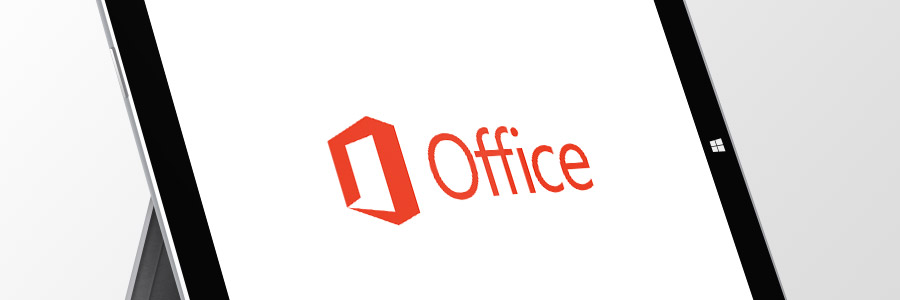written by Henry Verlander
Does your office have a copier that sends scans to you via email? Do you receive notifications from your backup software via email. If you have a device or software program that sends email, you might take that small task for granted, but you shouldn’t. All email must be routed through an email server, and if you don’t have one, then you’ll need to use someone else’s. That’s where Microsoft Office 365 comes in.
Most of us feel that Office 365 does a great job of sending and receiving our personal or business emails, but did you realize that Microsoft also offers additional email services in the Office365 subscription. These are known as SMTP services. The letters SMTP are a technical abbreviation of the phrase “Send Mail To People”, or maybe “Simple Mail Transfer Protocol”, I forget!
Office365 offers three distinct options for sending email from devices or programs which don’t inherently have that capability.
For this month’s educational topic, we’d like to outline the 3 methods provided by Microsoft and include information that would help you choose which type to use for your particular situation.
- The recommended option is called “SMTP CLIENT SUBMISSION”. It is the most secure. However, not all devices and programs will be able to use it, because they cannot meet the requirement of using TLS encryption. This method also requires the use of a name and password. Its primary advantage is that it can send email to recipients outside your office 365 organization, ie. Gmail, Hotmail, etc. and it bypasses SPAM filtering in Office 365. Static IP is not required.
- This method is known as DIRECT SEND. It does not require TLS encryption and does not require a name and password. Its limitation is that it can only send email to recipients without your own organization. Direct Send does not require that your office have a Static IP Address.
- The third method, which might be the most widely used is known as SMTP Relay. SMTP Relay does not require a username and password, does not require TLS encryption and can send to ANYONE. Its limitation is that the mail must be able to travel through Internet Protocol Port 25. Users must have a business-class Internet Service with Static IP and Port 25 opened.
- At Infostream, we use SMTP Relay for all of our Office 365 clients to do such things as send scans from copiers, send data backup notifications, send customer receipts through POS systems or to send trouble alerts from monitoring software on servers.



